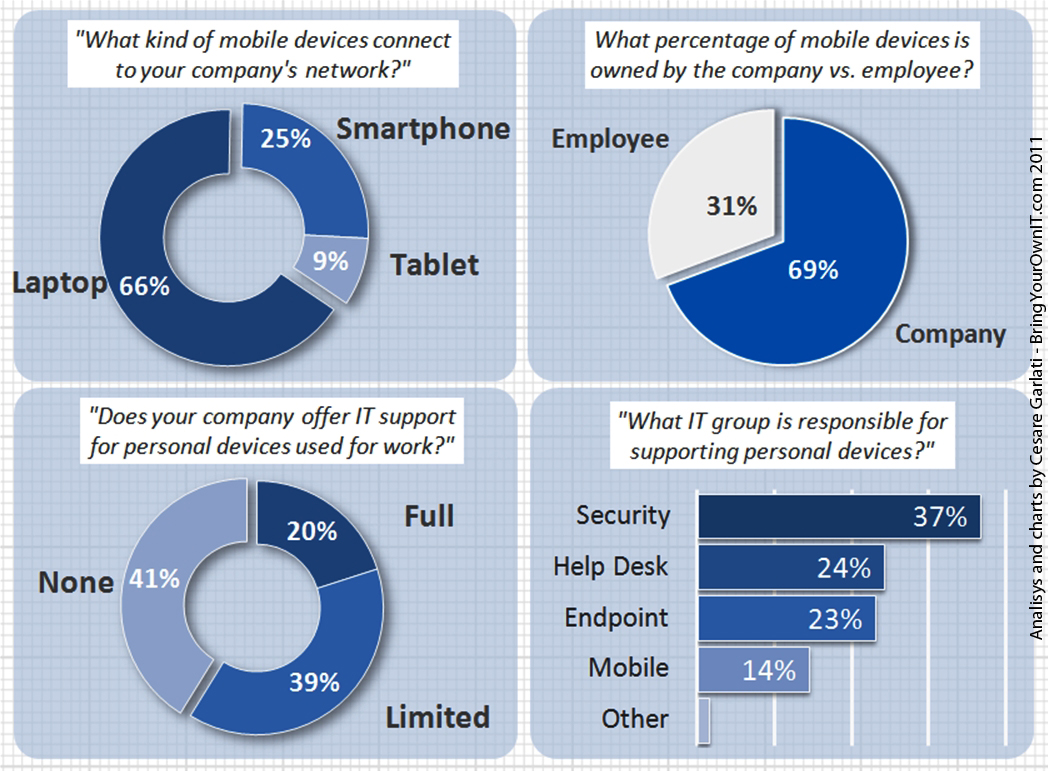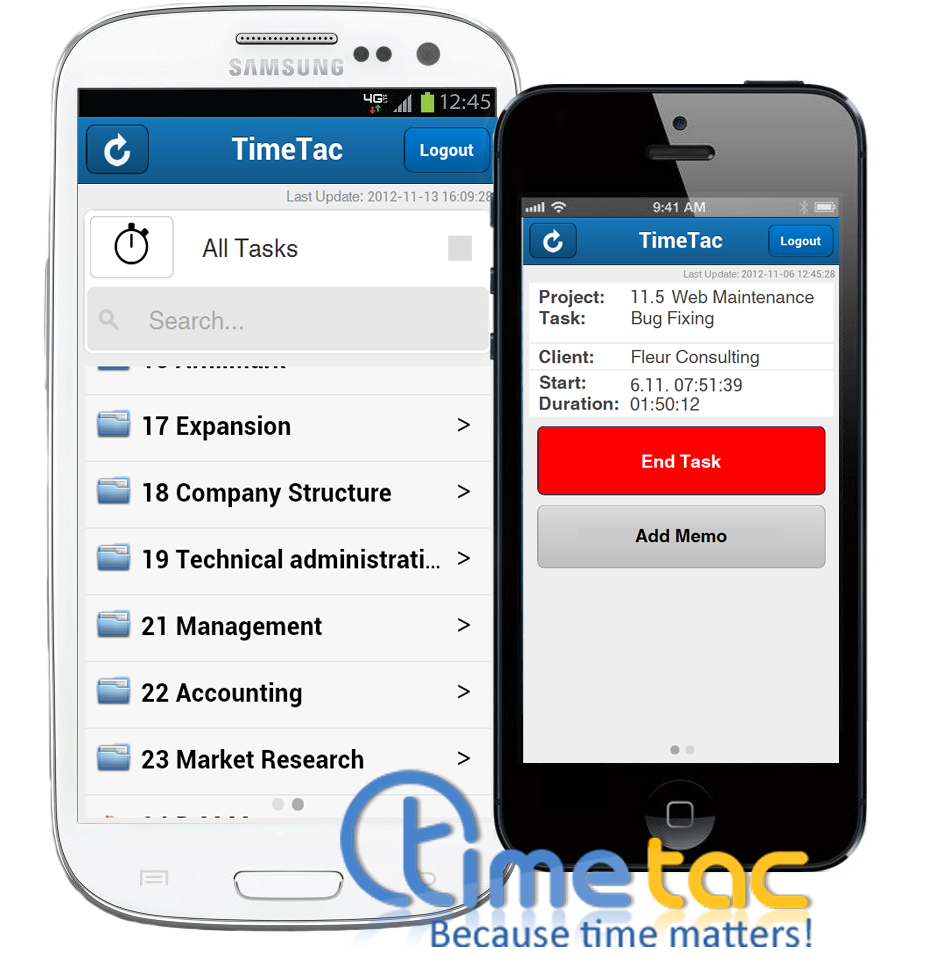Difference Between MDM and EMM
With the dramatic increase of mobile devices in the workplace and the technology evolving rapidly, the stakes are high and it has now become more important to manage security of these devices. The user-owned devices raise a whole new set of concerns when you are trying to manage and control these devices. To deal with this, a new technology called Enterprise Mobility Management (EMM) has emerged which changed the way employees use their mobile devices in the workplace. Today, more and more businesses are adopting enterprise mobility solutions to achieve higher operational efficiency and to boost profit. EMM is a collection of various technologies, one of which is Mobile Device Management (MDM), which refers to the administration of mobile devices. To be clear, the lines are a little blurry here because EMM and MDM mean so many different things to different people.

What is Enterprise Mobility Management (EMM)?
So, what is Enterprise Mobility Management or EMM? Well, enterprise mobility is a broad term that refers to any mobility solution launched by an enterprise to boost profits or to reduce costs. It simply means all the tools and people you need to manage your mobile devices in a modern way. Mobile devices have evolved from mere communication tools to powerful computational devices that have numerous applications. More and more enterprises are now adopting enterprise mobility solutions to improve productivity, boost sale and increase customer satisfaction. However, enterprise mobility management solutions are more than just about connecting a few mobile devices to an email server or allowing a handful of users to access company resources remotely. In fact, it’s less about devices and more about people. EMM is a set of people, processes and technologies to secure and manage both corporate-issued and user-owned mobile devices in an organization. It is a paradigm shift from a device-centric management to people-centric management.

What is Mobile Device Management (MDM)?
Mobile Device Management or MDM is the management and administration of mobile devices within an organization that allows IT administrators to control and secure use of end-user mobile devices. The increasing use of personal mobile devices in the workplace calls for a device management solution that would allow employees secure access to corporate data and emails in their personal devices. MDM solutions help create an extended workplace and redefine mobility in the corporate setting. Using their personal devices such as smartphones, laptops and tablets, employees tend to mix their personal lives with their work responsibilities. This makes it hard for IT administrators to manage an ever-expanding collection of different mobile hardware, operating systems and applications. So, what MDM actually does is it manages, secures, monitors and supports mobile devices deployed across an organization. The functionality of MDM includes OTA distribution of applications, data and configuration settings for all kinds of mobile devices.
Difference between MDM and EMM
Definition
– The dramatic increase of mobile devices in the workplace raises a whole new set of concerns when you are trying to manage and control these devices. EMM (Enterprise Mobility Management) is a set of people, processes and technologies to secure and manage both corporate-issued and user-owned mobile devices across an organization. MDM (Mobile Device Management) is the management and administration of mobile devices within an organization that allows IT department to control and secure use of end-user mobile devices.
Functionality
– EMM is a more sophisticated set of features and enterprise mobility solutions that are designed to manage devices, applications, information and content across an organization. It simply means all the tools and people you need to manage your mobile devices in a modern way. EMM provides organizations a near-complete package for securing control of mobile devices of its employees. MDM provides customizable and pre-configured management reports related to the number of devices and users involved, the type of devices, the platform, and so on. The functionality of MDM includes OTA distribution of applications, data and configuration settings for all kinds of mobile devices.
Focus
– MDM is more about the devices and the features of the devices. MDM solutions help create an extended workplace and redefine mobility in the corporate setting by managing, securing, and monitoring mobile devices deployed across an organization. MDM allows IT administrators to manage an ever-expanding collection of different mobile hardware, operating systems and applications. However, enterprise mobility management solutions are more than just about connecting a few mobile devices to an email server or allowing a handful of users to access company resources remotely. In fact, it is less about devices and more about people.
MDM vs. EMM: Comparison Chart

Summary
In a nutshell, enterprise mobility is a broad term that refers to any mobility solution launched by an enterprise to boost profits or to reduce costs, one of which is mobile device management. MDM is a broad category of product offerings from several vendors that would allow organizations to manage secure, and monitor mobile devices deployed across an organization. These solutions provide much needed central management of mobile devices connected to the corporate network so as to ensure that the devices are properly configured and secured. EMM provides organizations a near-complete package for securing control of mobile devices of its employees.
- Difference Between Caucus and Primary - June 18, 2024
- Difference Between PPO and POS - May 30, 2024
- Difference Between RFID and NFC - May 28, 2024
Search DifferenceBetween.net :
Leave a Response
References :
[0]Salam, Abdul et al. Deploying and Managing a Cloud Infrastructure: Real-World Skills for the CompTIA Cloud+ Certification and Beyond: Exam CV0-001. New Jersey, United States: John Wiley & Sons, 2015. Print
[1]Campagna, Rich et al. Mobile Device Security For Dummies. New Jersey, United States: John Wiley & Sons, 2011. Print
[2]Sathyan, Jithesh et al. A Comprehensive Guide to Enterprise Mobility. Florida, United States: CRC Press, 2016. Print
[3]Diogenes, Yuri et al. Enterprise Mobility with App Management, Office 365, and Threat Mitigation: Beyond BYOD. Washington, United States: Microsoft Press, 2016. Print
[4]Pierer, Markus. Mobile Device Management: Mobility Evaluation in Small and Medium-Sized Enterprises. Berlin, Germany: Springer, 2016. Print
[5]Image credit: https://commons.wikimedia.org/wiki/File:Consumerization_Report_-_Chart_2.jpg
[6]Image credit: https://commons.wikimedia.org/wiki/File:TimeTac_Software_Mobile_Devices.png
